Brachikoma: description of species, planting and care
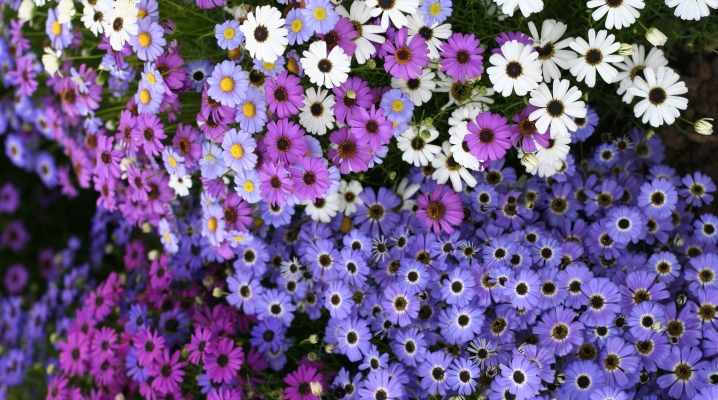
Many gardeners use brachicoma to decorate their plot. For many, the main criterion for decorating a territory is the unpretentiousness of flowers. Bracihoma is distinguished by this very quality. In addition, she is able to delight her owners with her beautiful flowers throughout the summer. We will give a description of the species of this plant and talk about planting and caring for it.
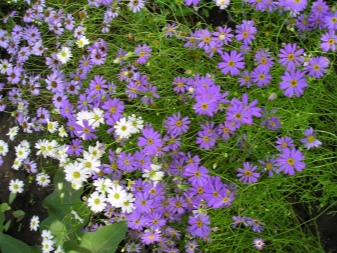
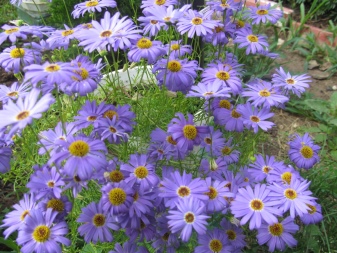
Description
Brachikoma is an annual or perennial herb that is used for open field planting. It belongs to the Asteraceae family. New Zealand and Australia are considered the birthplace of brachycomas. In these parts it is grown as an annual plant, as it is afraid of cold weather.
If we consider the brachicoma from a biological point of view, it can be understood that it is a very branched small bush, the height of which is 50-60 centimeters... The variegated leaves have a green, almost emerald hue. Double or simple flowers are collected in inflorescences, resembling baskets in shape. They can be either blue, white, or lilac.
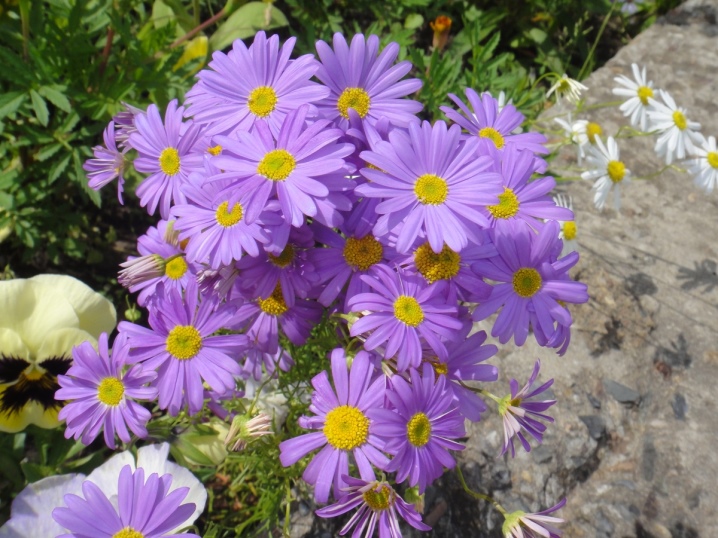
The lush bloom of this unusually beautiful plant begins in mid-July and continues until mid-autumn.
Most often, such flowers are grown to create rock gardens, decorate curb paths. In addition, they can be used to decorate verandas or terraces in the house or in the country.

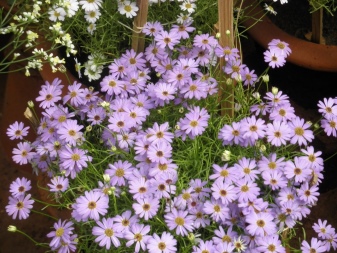
Popular species and varieties
There are more than 50 varieties of brachicoma. However, only two are most suitable for growing it in a continental or temperate continental climate. Their features are worth considering in more detail.
Brachycoma Iberisoliferous
Brachycome iberidifolia is a tall-stemmed perennial. His homeland is Western Australia. The leaves of this plant are quite thick and green in color. In addition, each leaf is cut into slices. Flowering begins in early summer and lasts almost until the first frost. Flowers are collected in inflorescences that resemble baskets. The inflorescences are colored blue, pink or purple. There are several varieties of such a plant. The most popular among them are the following.
- "Bravo" belongs to the German series of Brachicoma varieties. Reed flowers have a fairly varied color.
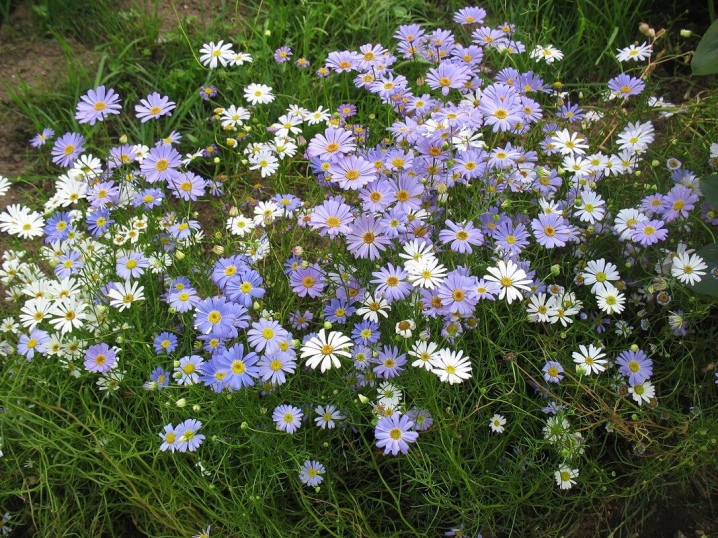
- "Manjenta Delight" Is a relatively new variety. Flowers are also ligulate, have a purple color.
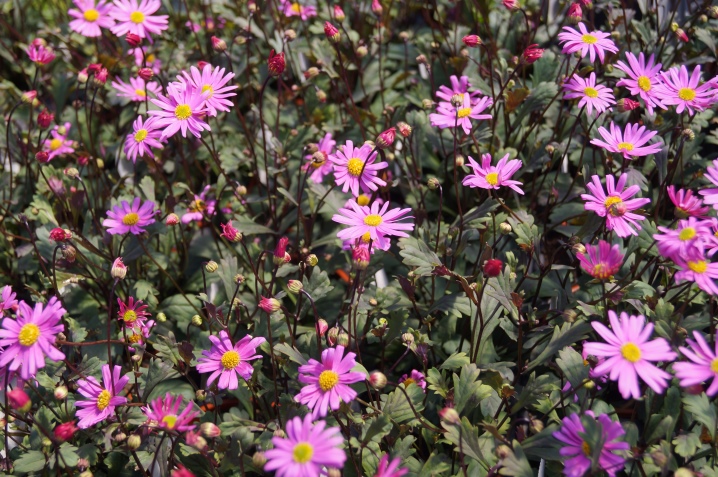
- "Blue Star" Is a curly perennial brachycoma. During flowering, the bush is dotted with bright blue reed flowers.
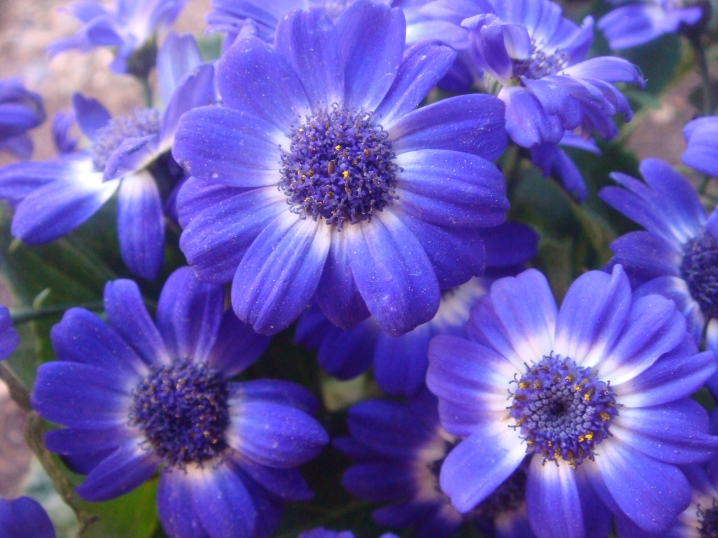
- Summer Skies. The bush of such a brachicoma is completely covered with edge flowers. They are distinguished by their delicate pastel shades.
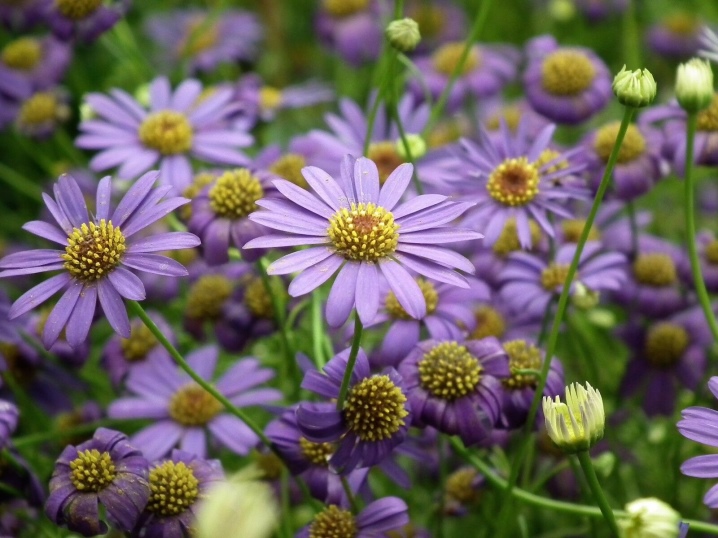
- "Purple Splendar" is one of the most popular varieties among many gardeners. The inflorescences reach 3 centimeters in diameter. The flowers that make up them are bright purple in color.

- "Margarita" represents baskets in the shape of stars, which make up white or pale blue reed flowers.
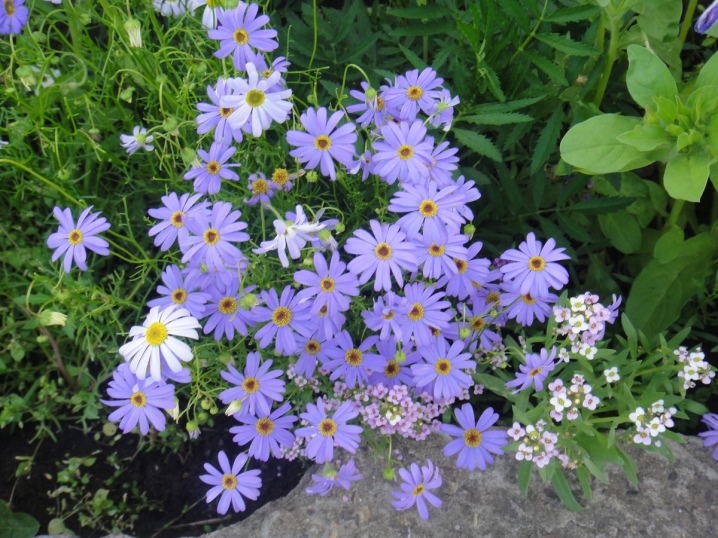
- "Blue baby" Is a highly branched plant, the height of which is 20 centimeters. Reed flowers are blue in color. Most often, the brachycoma of this variety is used to create rabatki, as well as alpine slides.

- "Waltz" - the subspecies of this variety are represented by flowers of pale blue and pale pink shades.

- "Purple Baby" - these are well-branched bushes, the height of which is 20 centimeters.Flowers are collected in small inflorescences, the diameter of which does not exceed 4 centimeters.
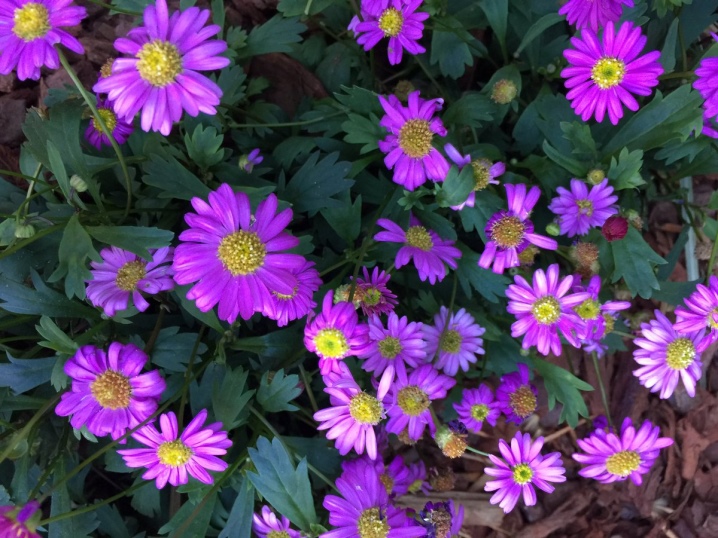
- "Swan Lake" - a mixture of varietal flowers, it is distinguished by a variety of shades: from pale white to bright purple. Due to the variety of colors, they are used to create alpine slides. They are also used to decorate stone sculptures.
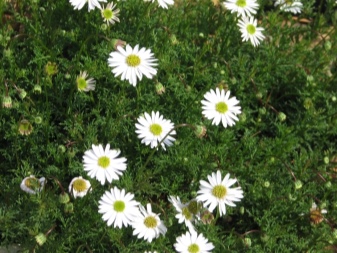
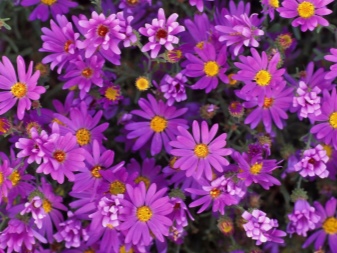
- "Blue Star" represented by delicate blue flowers, the height of which is not too high. Due to this, they are most often planted in baskets to decorate verandas or balconies.

- "Blue sissy" Is an annual, highly branched plant with delicate blue flowers. Flowering is quite long, begins in the first months of summer and ends at the end of October. The plant is used not only for planting in flower beds or for creating a rabatka, but also for planting in pots.
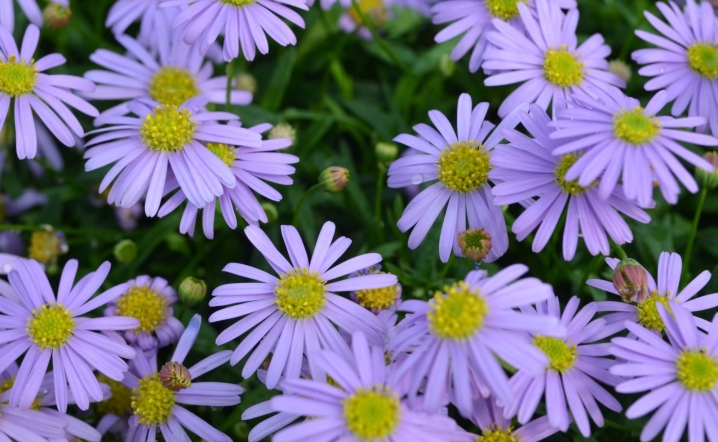
Brachycoma multiple
Brachycome multifida is a plant with narrow lanceolate emerald leaves. They are slightly smaller than those of the Iberisole brachycoma. The marginal flowers with pink, white or lilac color form inflorescences that resemble baskets in shape. The plant develops very well on rocky soils. For this reason, it received the second name "mountain daisy".
Gardeners should pay attention to the fact that the multipartite brachycoma does not like organic fertilizers. Therefore, it is best to use mineral fertilizers for feeding.
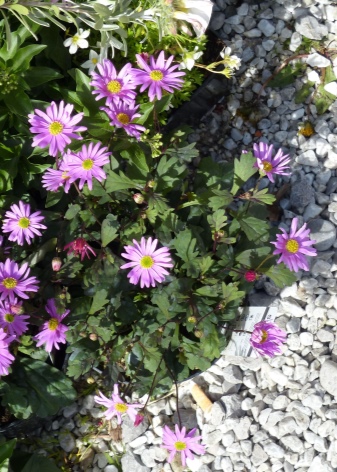
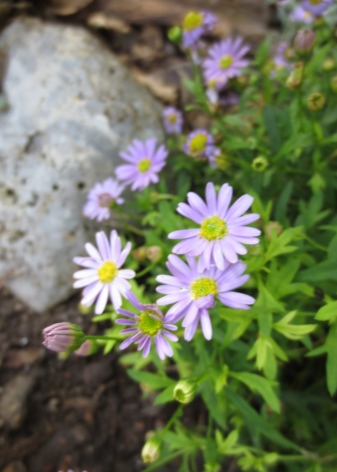
Landing
In its natural environment, brachycoma grows in well-lit and dry places. Therefore, when growing, it is necessary to take this into account. The site should be illuminated by the sun all day, there should be no drafts or dampness on it. As for the soils, they should be light, non-acidic and well-drained rubble so that air can penetrate deeply to the roots.
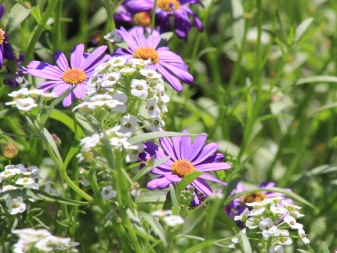
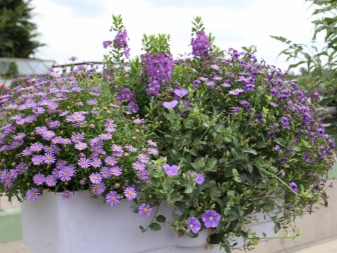
It is best to plant this plant in an area dominated by garden soil rich in various nutrients. The most logical way is to grow brachicoma from seeds. It is best to use a seedling growing method. Seed preparation must be done in advance. First you need to pick up a container for planting. Next, you can tackle the substrate. It is prepared from the following components:
- 1 part deciduous humus;
- 1 part coarse sand;
- 2 parts of regular humus;
- 3 parts of turf land.
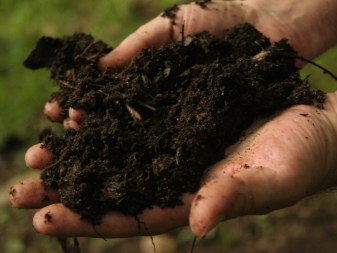
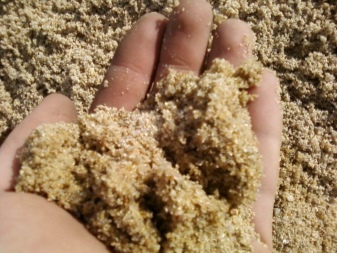
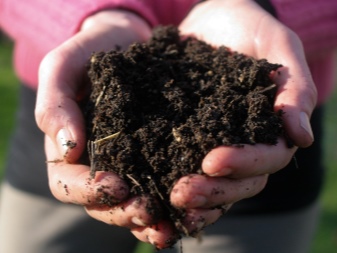
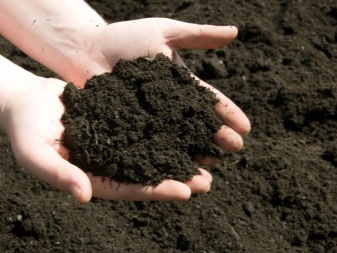
When everything is ready, you can start sowing planting material. The prepared substrate must be well moistened with water with potassium permanganate. From above it is necessary to spread the seeds, sprinkle with a thin layer of earth, and then cover with either a transparent film or glass. After that, the container must be moved to a warm place. The first shoots should appear in just 1 week.
After that, the container must be moved to a place where there will be a lot of light, and the air temperature will be warmed up to 21 degrees. Seedlings need regular watering and ventilation. With the appearance of 3-4 leaves, it must be transplanted into a slightly larger container.
It is necessary to take sprouts directly with an earthen clod, so as not to damage the young roots. The distance between the shoots should be at least 6 centimeters.
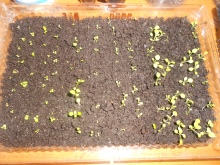
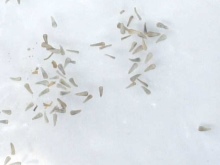
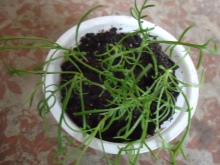
After that, you need to start hardening the seedlings, for which you should put the containers outside for a few minutes. You need to start with one minute, and then gradually increase the time. To avoid this, you can initially sow seeds in peat tablets. In this case, watering must be done with a spray.
Planting seedlings in open ground takes place in April, when frost has completely passed. The distance between the shoots should be 15 centimeters. Indeed, in the future, the bushes will grow a little. The first flowers can appear literally 20 days after they are planted in open ground.


Care
At home, caring for a brachicoma will not be so difficult, because it practically does not require much attention to itself.Like any other plant, it needs watering, and feeding, and pruning, as well as loosening the soil. Besides, before the onset of the first frosts, if the brachicoma is still blooming in the flower bed, it can be transplanted into pots and brought into a warm room. In this case, she will be able to please everyone present with her beauty for some time.
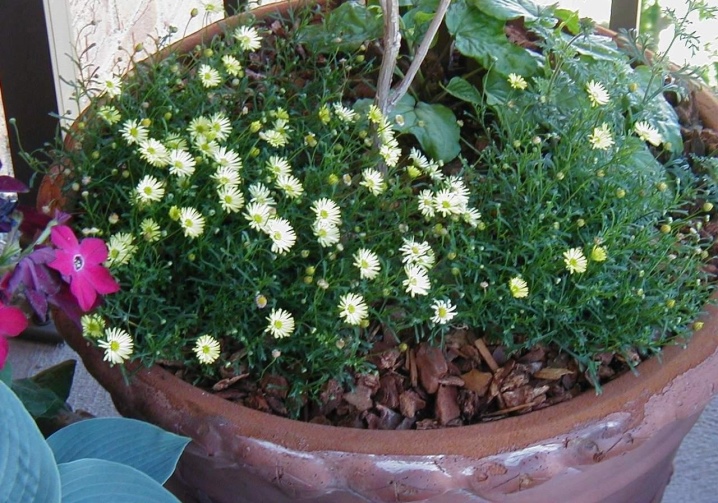
Watering
This process is very important for any plant. After all, moisture is necessary for all living things. Watering is not necessary too often, because brachycoma loves dry land more than waterlogged soil. Watering is carried out with warm water, which can be heated in the sun. It is best to do this in the morning or in the evening, when there is no sunlight.
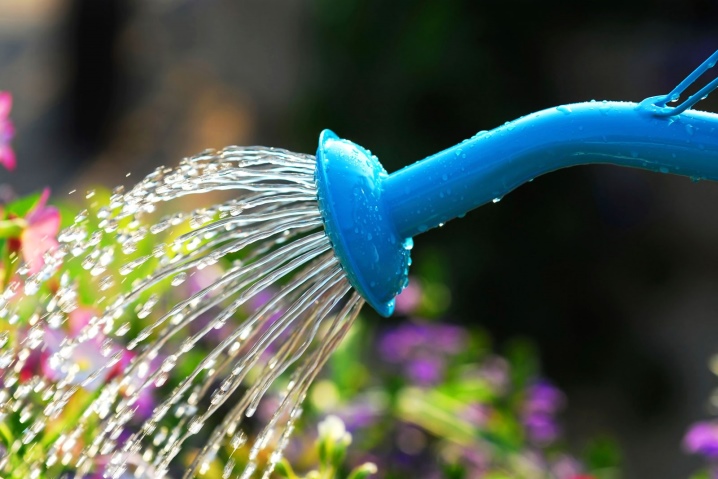
Top dressing
Fertilizers need to be applied 3-4 times per season. You can use both organic and mineral dressings. Wood ash, diluted chicken droppings or manure are suitable as the first. However, organic fertilizers must be diluted in water. If mineral fertilizers are used, they can be purchased at any flower shop according to the season. The last feeding is done at the beginning of autumn.

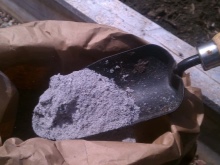
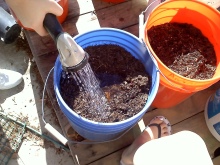
Forming a bush
Pruning is required for the plant in order for it to bloom more luxuriantly and profusely. It is best to pin the top of the brachicoma for this. It is also necessary to regularly cut off all inflorescences that have already faded. This will make the bush look lush.
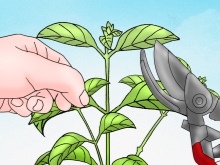

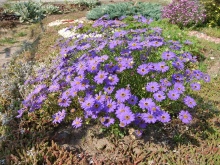
Soil treatment
The earth needs constant weeding, because the plant must receive the proper amount of air. If this is not done, the root system will slightly slow down its development, which will immediately affect the growth of the bush. By doing this, you need to make sure that the hoe does not touch the roots that are too close to the surface... In addition, loosening will help to cope with weeds, which take many nutrients from the soil.

Breeding options
You can propagate brachicoma both by seeds and cuttings. Both options have their own characteristics.
Seeds
How to propagate this plant by seed in containers has been discussed earlier in this text. In addition, seed can be sown directly into open ground. The seeds can be purchased at a specialty store or simply collected from your site. This should be done in early autumn. In that case, if the seeds are not harvested, they will be able to sow on their own and germinate the next year.
If a hybrid brachycoma was planted on a personal plot, then you should refrain from growing from such seeds. Indeed, in the end result, the plant will not be able to retain its varietal characteristics. In addition, the number of flowers in the bush will be minimal.
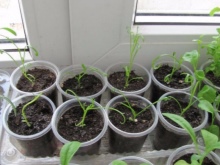
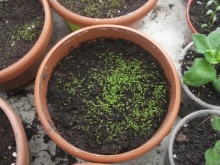
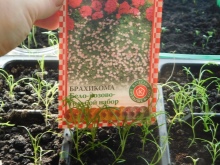
In any case, it will be possible to sow seeds in open ground only when the threat of frost has completely passed. This is most often done in early May. First you need to dig up the area prepared for the brachicoma, then make shallow furrows.
They must be sown with seeds and sprinkled with a very thin layer of earth. Already after 7-10 days, the first shoots should appear. When the sprouts have 3-4 leaves, they can be thinned out so that in the future they do not interfere with each other.
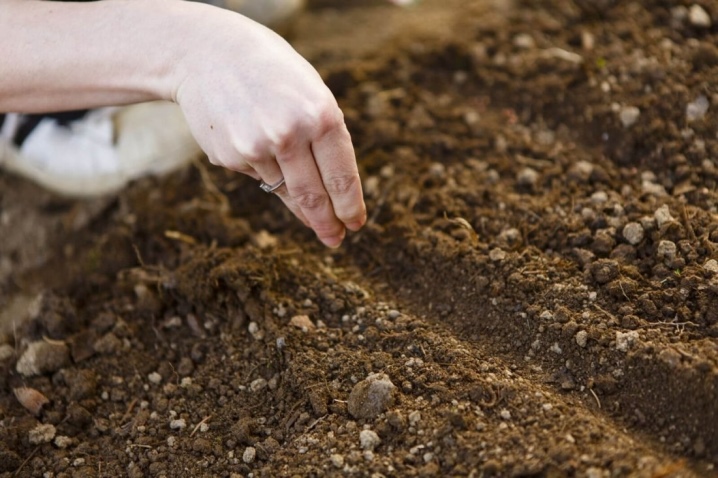
For information on how to sow brihocoma, see the next video.
Cuttings
Those who want to increase the number of brachycomas in their area, as well as preserve all its varietal qualities, need to use such a propagation option as cuttings. First you need to cut the cuttings, the length of which will be at least 10 centimeters. It is best to use a parent bush for this. This process should be carried out in early spring. Cut cuttings should be placed in a container with a root growth stimulant for 6-8 hours.
In the meantime, you can start preparing the substrate. To do this, mix in equal proportions sand and any fertile soil and fill it in a container. Finished cuttings must be carefully placed in the prepared soil and placed in a warm and well-lit place.
In a month, roots should appear, which means it's time to transplant plants into open ground. This should be done carefully enough so as not to damage the root system. It is best to take out seedlings together with an earthen clod.


Diseases and pests
Brachycoma is a plant that is resistant to various diseases. But if the ground is very wet, the root system will start to rot. In this case, you need to immediately transplant it to another place. At the bottom of the hole, it is imperative to fill in a drainage layer. Before planting, the plant must be well inspected and all rotten roots must be removed.
As for insects, snails or whiteflies most often attack brachycomas. If the first ones appear, they will need to be collected by hand. For prevention, you can use coffee beans, which are laid out around the bush. After all, snails do not like this scent.
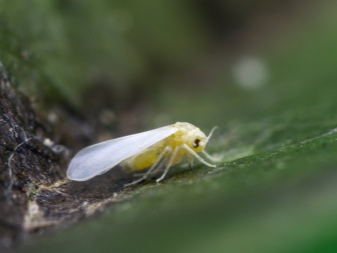
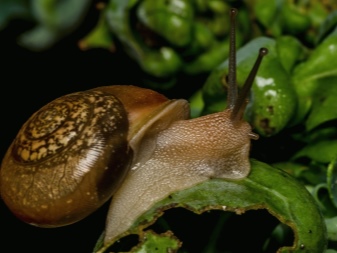
In the event of the appearance of whiteflies, the foliage of the plant suffers. After all, these harmful insects secrete a liquid, which subsequently eats away the leaves. To destroy it, you can use chemicals, for example, "Confidor".
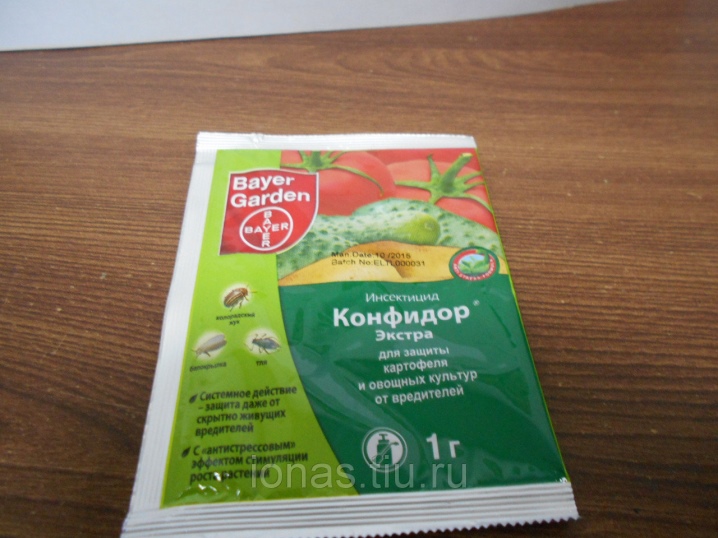







































































































The comment was sent successfully.